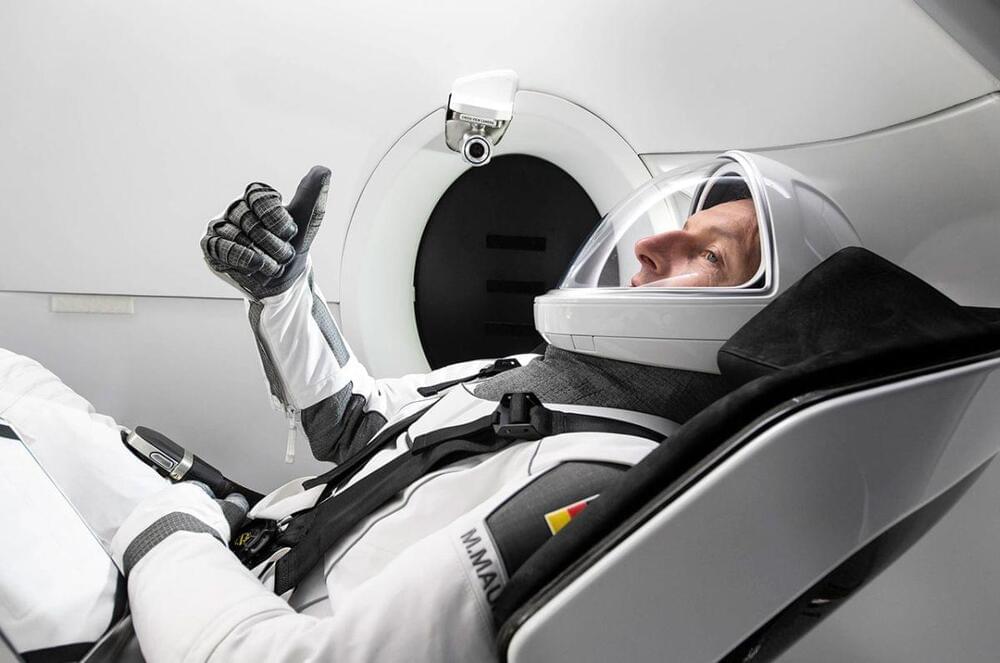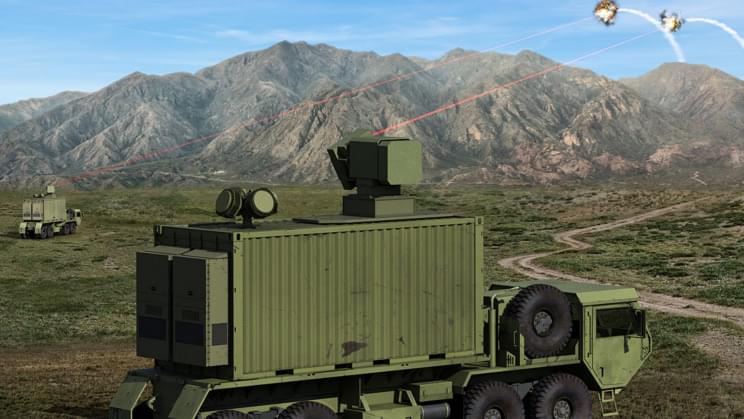Exactly what we needed: more automated systems replacing human workers.



I was the lucky one to get the round number.
A German astronaut is set to become the 600th person to enter space and he will do so flying with a U.S. astronaut who once came close to being number 500.
Matthias Maurer with the European Space Agency (ESA) will gain the distinction of being the sexcentenarian space traveler when he launches to the International Space Station as a member of SpaceX’s Crew-3 mission, currently scheduled for early Sunday morning (Oct. 31). Maurer is one of three first-time fliers on the four-person crew, including NASA astronauts Raja Chari and Kayla Barron, but he was identified by NASA as the designated milestone maker.

Elon Musk has announced the upcoming release of Tesla’s Full Self-Driving Beta 10.4 update as Tesla slows down the rollout.
Earlier this week, Tesla started rolling out Full Self-Driving Beta 10.3.
The update came after a false start last weekend when Tesla pushed the update with some problems and ended up reverting back to 10.2.

A ‘visual prosthesis’ implanted directly into the brain has allowed a blind woman to perceive two-dimensional shapes and letters for the first time in 16 years.
The US researchers behind this phenomenal advance in optical prostheses have recently published the results of their experiments, presenting findings that could help revolutionize the way we help those without sight see again.
At age 42 Berna Gomez developed toxic optic neuropathy, a deleterious medical condition that rapidly destroyed the optic nerves connecting her eyes to her brain.
The non-E5 made rats healthier with a small increase in lifespan. The E5 part 2 is still ongoing with rats at 31 months that generally at most live 36 months.
In this video we give a brief update on the parallel experiments being conducted by Dr Katcher and Professor Goya. In these studies they are injecting E5 and young blood plasma into rats in repeatedly to see if the maximum lifespan can be extended.
The newsletter is here.
https://www.ntzplural.com/newsletter.
Papers mentioned in this video.
The original paper on BioXriv.
Reversing age: dual species measurement of epigenetic age with a single clock.
https://www.biorxiv.org/content/10.1101/2020.05.07.082917v1
********************************************
Health claims Disclosure: Information provided on this video is not a substitute for direct, individual medical treatment or advice. Please consult with your doctor first. Products or services mentioned in this video are not a recommendation.
Disclosure: Some of the links provided are affiliate links. Although we may receive a small commission from the affiliate, the cost of the product for you will always be the same, or often discounted. Thank you for supporting our channel.
And they say it’s the world’s fastest.
It appears a quantum computer rivalry is growing between the U.S. and China.
Physicists in China claim they’ve constructed two quantum computers with performance speeds that outrival competitors in the U.S., debuting a superconducting machine, in addition to an even speedier one that uses light photons to obtain unprecedented results, according to a recent study published in the peer-reviewed journals Physical Review Letters and Scienc… See More.
Creating the most reusable launch vehicle, ever.
Far from the Space Race where billionaires are outwitting one another to build colonies and private stations in space, a quiet YouTuber has built a water rocket that uses a parachute to gently return to Earth.
We are always on the lookout for interesting bits of engineering. While we cover the achievements of private companies with as much enthusiasm as we have for space technology, there is something very soothing and peaceful about watching a water rocket go up from a launch site that is nothing more than a lush green meadow and an overcast sky.
Thanks to the YouTube channel The Q, you can sit back and enjoy this beautiful launch powered by just air and water; in case you want to go back to the school days and do it all over again over the weekend, the video presents instructions on how to make the rocket as well.
Full Story:

Thankfully, there is a growing effort toward AI For Good.
This latest mantra entails ways to try and make sure that the advances in AI are being applied for the overall betterment of mankind. These are assuredly laudable endeavors and reassuringly crucial that the technology underlying AI is aimed and deployed in an appropriate and assuredly positive fashion (for my coverage on the burgeoning realm of AI Ethics, see the link here).
Unfortunately, whether we like it or not, there is the ugly side of the coin too, namely the despicable AI For Bad.

The final humorous argument I have is if one example is really a robot. Aylett and Vargas describe a “robot” as a humanoid machine that doesn’t manipulate anything. It just provides information at a shopping center. How does that fit into their own definition of a robot? It sounds more like an overgrown tablet computer with wheels. However, that’s a fun argument having nothing to do with the business value of whatever you want to call it.
Full Story:
This is a review of the third book sent to me recently by MIT Press, and the book is the best of the bunch. “Living With Robots,” by Ruth Aylett and Patricia A. Vargas is a good, non-technical book that discusses a number of issues with robots in human society. This is excellent for both business managers and those more generally interested in both the promise and reality of robots in society.
One exam of the accessibility of the material is in chapter 8 where there’s a discussion on reinforcement learning. There are good theoretical examples and how reinforcement learning has risks in the real world. I really liked the part where the authors discuss blending simulation and real world testing.
Chapters on understanding location, on movement, the sense of touch, and on other issues help describe the complexity and difficulty with integrating robots into society.

The contract is aimed at design demonstration, says the awardee.
The U.S. Army has moved a step closer to a future where it uses directed energy weapons to counter its adversaries. The Rapid Capabilities and Critical Technologies Office (RCCTO) of the U.S. Army has awarded a contract to General Atomics Electromagnetic Systems (GA-EMS) and Boeing to develop a prototype of a 300kW-class laser weapon system, a press release said.
In its efforts to strengthen its Short-Range Air Defense (SHORAD), the U.S. military is using multiple approaches. Earlier this week, we reported that General Dynamics was teaming up with Epirus Inc., to deliver a directed energy weapon using high-power microwave technology. The weapon developed through this collaboration will find its way on the Stryker combat vehicles that General Dynamics makes for the U.S. Army.